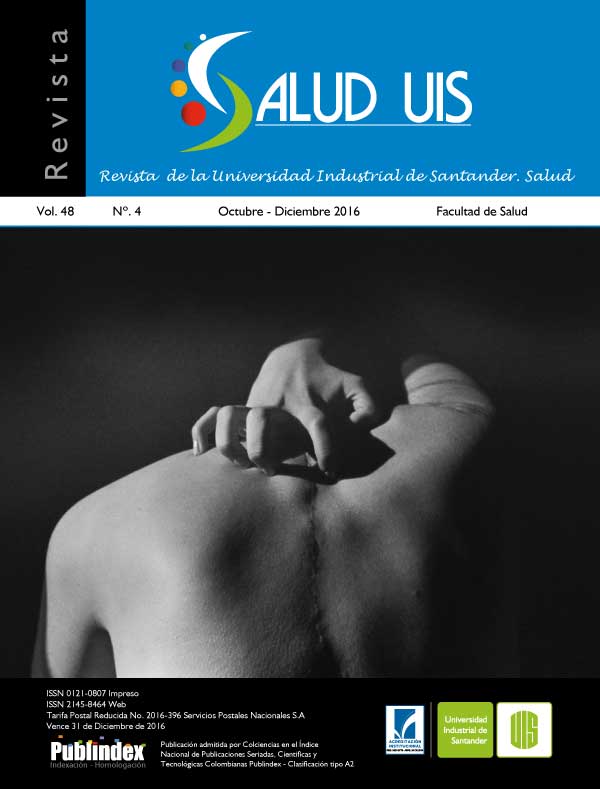Resumo
Introduction: Physical inactivity is a risk factor for obesity and non-transmissible chronic diseases; this represents a burden for health services and limits the development of social capital. Objective: To identify the structure of the school and the community social network for the practice of structured and unstructured physical activity (PA) by schoolchildren. Methods: Cross-sectional study based on Social Network Theory conducted in Morelos, Mexico. A convenience sample of 33 children aged 8 to 10 years-old was selected from two public elementary schools. PA evaluations through pedometry, anthropometric assessments, and PA social network assessments (size, density, homophily, and centrality of actors) were performed. Results: The overall PA network was composed by 239 actors that were mostly peers (40.2%). The school sub-network had an average of 122 actors (87.0% children/peers and 13.0% teachers). Most children conducted PA in groups with their peers; overweight/obese children (mostly girls) lingered in the periphery of the school sub-network. The community sub-network had an average of 160 actors (55.0% parents/family members, 41.2% children/peers, and 3.8% Soccer-coaches). This sub-network, composed mostly by men (60.6%), was highly fragmented (19 sets of actors); they generally promoted unstructured “masculine” activities.
The girls who did not perform structured PA and did not meet the recommended number of steps/day were in isolated and small community networks. Conclusions: School teachers are key actors in promoting structured PA. Male peers stand out as promoters of unstructured activity in the school and the community. Overweight and obese girls are a vulnerable group by having fragmented social networks. Public health interventions based in social networks should empower girls motor activity and adult women to become prestige leaders for promoting PA among children.

Este trabalho está licenciado sob uma licença Creative Commons Attribution 4.0 International License.
Copyright (c) 2022 Alejandra Mota-Cervantes, Edgar Leonel González-González, Santiago Andrés Henao-Morán, Jessica Moreno-Saracho, Guadalupe Rodríguez-Oliveros
